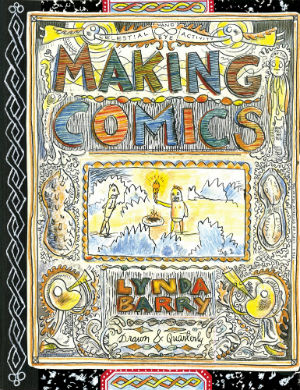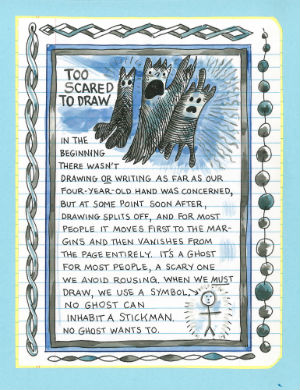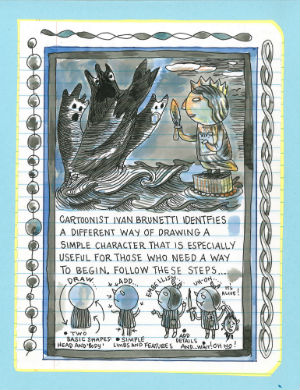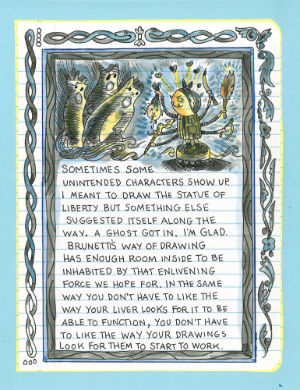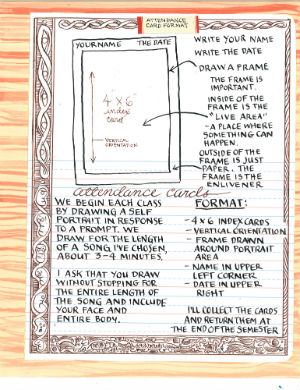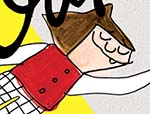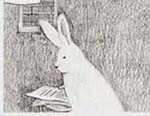I decided to hand over Lynda Barry’s book, Making Comics, to a 9-year-old. I did this because it made sense to test the former’s long-held hypothesis that we can all write and draw. The 9-year-old struggled with understanding the lessons being taught in this book, but gravitated instantly to the exercises strewn liberally across its pages.
There are a number of reasons why Barry is looked upon as a legendary figure in the world of comic arts. Her own work in the medium is an obvious one, because no one who has read Ernie Pook’s Comeek has come away without a smile. In 2008, her Eisner-winning What It Is changed the way a lot of us looked at graphic novels, opening up worlds of possibilities and rabbit holes that artists continue to explore to this day. There are also the glowing testaments to her influence from stars like Chris Ware and Raina Telgemeier, but the biggest reason is possibly her role as educator because few artists spend as much time trying to inspire younger people as Barry routinely does.
When she isn’t creating something new, Barry teaches. She conducts workshops, takes on teaching assignments at universities across North America, spends time in churches and prisons trying to get people to pick up a pen, and puts her money where her mouth is by publishing what her students bring to her table.
Making Comics is, in a sense, a sequel to her previous titles like Syllabus: Notes from an Accidental Professor and What it Is, following the same format of part workbook and part memoir. The information isn’t personal though, as much as it is instructional. It’s like being invited into Barry’s brain as she tries to explain why and how we are capable of drawing even if we think we aren’t. “When I work with little kids, I draw alongside them,” writes Barry, “sometimes copying them and sometimes just drawing to see what shows up.” She follows this up with more examples, gives us insights into how she structures her classes, and ends up leaving us with building blocks that literally come from what 3 and 4-year-olds have created. It makes for a reading experience that is as immersive as it is surprising.
The nicest way to enjoy Making Comics is to jump into it at random. There are advantages to following Barry’s train of thought as a lecturer who knows her subject, of course, but there is also the joy of finding a gem glinting suddenly in the midst of some serious thought. As the book progresses, and Barry moves from the basics of drawing to more complicated settings, angles, and characters, one starts to appreciate the enormous work that goes into creating something as cohesive as Barry’s published work or, indeed, anything by her best-selling acolytes.
One way of measuring the worth of a book is to try and pinpoint what it has changed for those who read it. In this case, the results may start to appear in bookstores around us a few years from now. Lynda Barry is right. We can all write. We can all draw. I can attest to this, and so can a certain 9-year-old I happen to know.
Lynda Barry (W/A) • Drawn & Quarterly, $22.95
Review by Lindsay Pereira





